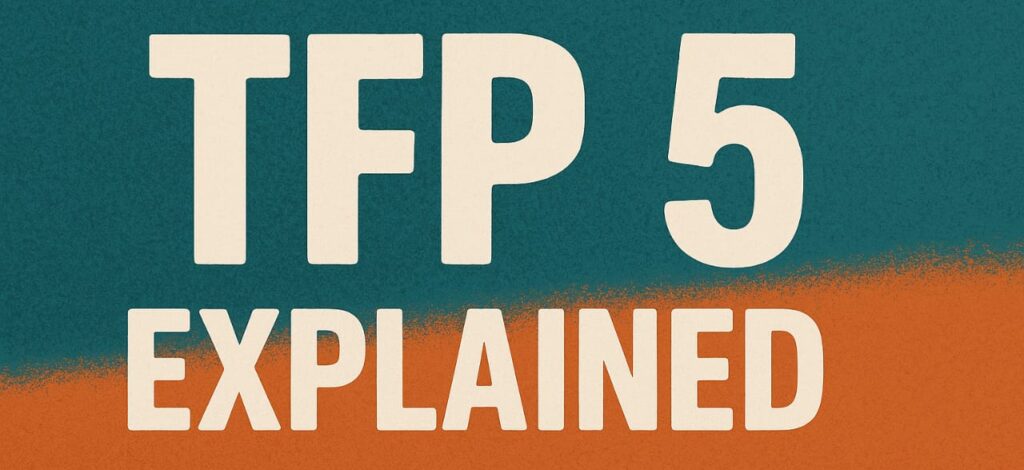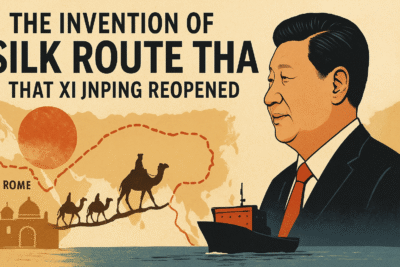
TFP 5 Explained
1.
Indian embassy in Iran scales down evacuation after Israel-Iran ceasefire
- What: The Indian embassy in Tehran has announced a gradual wind-down of its evacuation operations for Indian nationals following the ceasefire between Israel and Iran.
- When: Announcement made on June 24, after a 12-day conflict between Israel and Iran that escalated in mid-June. The ceasefire was brokered recently, providing a temporary pause in hostilities.
- Where: Tehran, Iran’s capital and diplomatic hub, where a sizeable Indian expatriate community resides, including professionals, students, and businesspeople. The embassy serves as the main point of contact and assistance for these citizens.
- Who: Indian nationals residing in Iran, Indian embassy officials, Indian government
- Why: The ceasefire has temporarily ceased hostilities, reducing immediate security risks for Indians in Iran.
- How: The embassy has closed its contact desk for new evacuation registrations but remains on alert to respond if the situation deteriorates. It continues to provide support and information to Indians still in Iran.
- So what: This cautious move signals a tentative return to normalcy for Indians in Iran but underscores the fragile nature of regional peace. The Indian government’s priority remains the safety of its citizens abroad amidst ongoing geopolitical volatility.
2.
India breaks into top 100 in UN sustainable development goals index for 2025
- What: India has entered the top 100 countries in the United Nations Sustainable Development Goals (SDG) Index for the first time, ranking 99th out of 193 nations.
- When: The ranking was published this week as part of the UN’s annual SDG progress report, reflecting data collected over the past year. This marks a significant milestone in India’s sustainable development journey.
- Where: The report covers 193 UN member states globally. India’s progress is compared against countries from various continents, highlighting its advancement relative to peers in South Asia and emerging economies worldwide.
- Who: India, United Nations, other countries evaluated on SDGs
- Why: Improvements in healthcare access, poverty alleviation, clean energy adoption, and infrastructure development contributed to India’s rise.
- How: Government initiatives such as the National Health Mission, rural electrification, and sanitation campaigns have accelerated progress. The index measures performance across 17 SDGs including education, gender equality, and climate action.
- So what: This milestone reflects India’s growing commitment to sustainable development and positions the country as a rising player in global development discourse. It may attract greater foreign investment and partnerships focused on sustainability.
3.
Modi govt launches Navya scheme to train teenage girls in non-traditional skills in Uttar Pradesh
- What: The Indian government has launched the Navya programme, a pilot project aimed at training girls aged 16-18 in non-traditional vocational skills to boost their employability.
- When: Launched this week, the programme is part of a broader push to empower women ahead of India’s 2047 development vision, with pilot activities scheduled over the next 12 months.
- Where: Sonbhadra district, Uttar Pradesh, a region with significant rural populations and socio-economic challenges. The choice reflects a focus on empowering girls in underserved areas.
- Who: Ministry of Women and Child Development, Ministry of Skill Development and Entrepreneurship, adolescent girls from rural and semi-urban areas
- Why: To empower young women economically, challenge gender stereotypes in employment, and support the vision of Viksit Bharat@2047.
- How: Navya offers training in sectors like technology, manufacturing, and entrepreneurship, traditionally dominated by men. The programme includes mentorship, skill certification, and job placement support.
- So what: Navya could transform the socio-economic landscape by increasing women’s participation in the workforce, promoting gender equality, and contributing to India’s long-term economic growth.
4.
Nato summit in Hague: Spotlight on Trump’s unilateralism and Europe’s multilateralism
- What: The Nato summit in The Hague exposes growing tensions between US President Donald Trump’s preference for unilateral diplomacy and the alliance’s collective security approach.
- When: The June 24-25 summit comes at a time of heightened global security challenges, including the ongoing conflict in Ukraine and instability in West Asia.
- Where: The Hague, Netherlands, a key diplomatic centre hosting Nato’s annual summit where leaders discuss defence and strategic cooperation. The location underscores Europe’s central role in Nato’s security framework.
- Who: Donald Trump, Nato member states, European leaders
- Why: Trump’s discomfort with large multilateral forums and his focus on bilateral deals contrasts with Nato’s emphasis on unity and shared strategy.
- How: Trump plans to attend only one day of the summit, continuing a pattern of early departures from global gatherings such as the G7 and potentially skipping the G20. His foreign policy centres on personal loyalty and transactional diplomacy rather than consistent multilateral engagement.
- So what: This stance risks weakening Nato’s cohesion at a time of heightened security challenges, including Russia’s aggression in Ukraine and instability in West Asia. It may also strain US-European relations and complicate coordinated responses to global threats.
5.
News viruses found in China: Scientists discover 20 new strains in bats related to Nipah, Hendra
- What: Researchers have identified 20 previously unknown viruses in bats from China’s Yunnan province, including two closely related to the deadly Nipah and Hendra viruses.
- When: The study was published on June 24, following four years of field research and laboratory analysis.
- Where: Yunnan province, located in southwest China, is a biodiversity hotspot with significant bat populations living near human settlements and agricultural areas.
- Who: Chinese and Australian scientists, bats as natural virus reservoirs
- Why: Increased human-wildlife contact due to climate change, urbanisation, and farming expansion heightens the risk of zoonotic spillover.
- How: Viruses were detected in bat kidney tissues, indicating urine as a potential transmission route; most prior studies focused on faeces.
- So what: While it is too early to assess the threat to humans, the findings highlight the urgent need for enhanced surveillance and preparedness to prevent future pandemics arising from wildlife pathogens.





